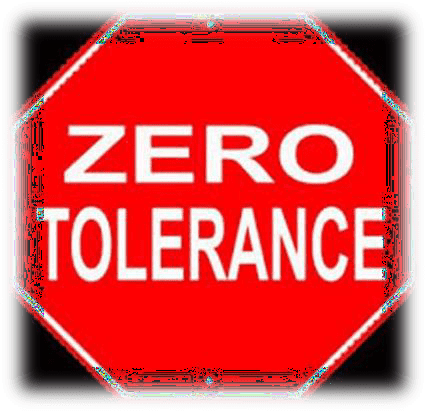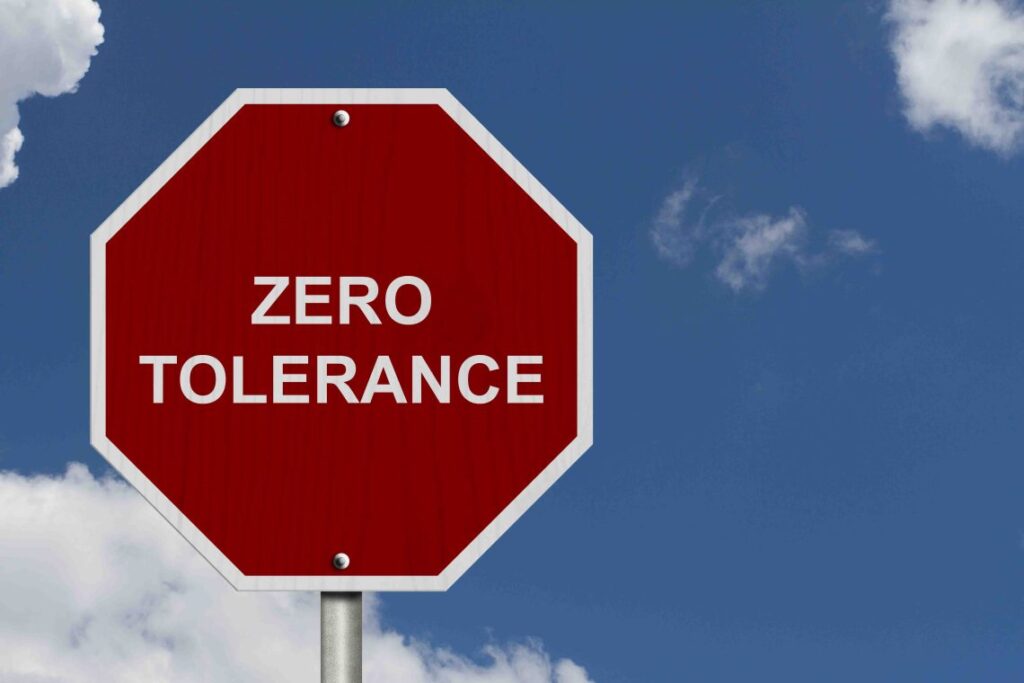Zero Tolerance for Workplace Bullying and Harassment
By Dawit Kiflu, Operations Manager at Samsonshield Inc.
According to Wikipedia,
“Workplace harassment is the belittling or threatening behavior directed at an individual worker or a group of workers. Researchers report that it is becoming one of the most sensitive areas of effective workplace management, because a significant source of work stress is associated with aggressive behaviors at workplaces. Under occupational health and safety laws around the world, workplace harassment and workplace bullying are identified as being core psychosocial hazards. Overbearing supervision, constant criticism, and blocking promotions are all considered workplace harassment.”
I would venture to say that there is no one that hasn’t either has been a victim of, or at least has witnessed some sort of workplace harassment. If there is such a person, I am yet to meet them. This is a bold statement but research reveals how prevalent this problem is worldwide.

This article will outline many misconceptions regarding obligations regarding workplace harassment and provide some clear guidance on what is required under Ontario law.
I am fortunate that I work for an organization that has very clear standards on workplace harassment and operational procedures that are cutting edge on how to deal with this problem when it happens. Some of my peers in other companies are not so lucky. I have heard the horror stories about a lack of action and other stories about when inappropriate action is taken how it leads to unintended consequences.
Workplace Harassment Defined
In Ontario workplace harassment is administered in Ontario by the Ministry of Labour through the Occupational Health and Safety Act. Workplace harassment is defined as,
Harassment is defined as engaging in a course of vexatious comment or conduct that is known or ought reasonably to be known to be unwelcome.
The following are some of the misconceptions that are very common and the facts that debunk these myths:
Myth:
Workplace harassment can only be about unwanted sexual advances or have some violence associated with the behavior. Reality: Incorrect. Workplace harassment also includes a number of behaviours that constitute a violation of Ontario law. Workplace harassment includes, but is not limited to the following examples: offensive comments or jokes; bullying or aggressive behaviour; inappropriate staring; sexual harassment; and isolating or making fun of a worker because of their gender identity. Incidents of discrimination based on one of the fourteen prohibited grounds according to the Ontario Human Rights Code may also apply. It can be verbal, written and even by act or gesture. Some behaviours may even be contrary to the Criminal Code of Canada.
Myth:
There has to be a series of events for workplace harassment to apply and be investigated.
Reality:
Incorrect. It often occurs in a series of events but a one-time incident can constitute workplace harassment.
Myth:
There is a time limit to report incidents of workplace harassment.
Reality:
Incorrect. There is no Statute of Limitations such as the case in many jurisdictions similar to the United States. There is a time limit for Ontario Human Rights Code incidents that is one year from the date of the last incident. There are no time limits for criminal offences in Canada. Regardless, all incidents of workplace harassment must be investigated immediately and all evidence gathered after a complaint is filed.
Myth:
Workplace harassment investigations can be conducted by anyone.
Reality:
A sure way to get yourself and your company into major trouble is to have a workplace harassment investigation conducted by someone without the knowledge, training, skills and ability to do the job properly or by someone who is involved. The first step to any investigation is to secure all short-term evidence and contact legal counsel immediately. Lawyers often hire private investigators that are experts in this field to conduct investigations thereby ensuring objectivity and independence. This is highly recommended.
Myth: In a group situation if someone tells an improper joke that breaches one of the fourteen prohibited grounds found in the Ontario Human Rights Code and every laughs, there is no offence committed.
Myth:
If workplace harassment is witnessed but the victim doesn’t complain there is really nothing anyone can do about it.
Reality:
Incorrect. While victims of workplace harassment have the right not to complain, there is a clear obligation under law that such behavior must be investigated, documented and intervention options must be engaged as soon as possible.
Myth:
Workplace harassment can only occur in the workplace and no other place.
Reality:
Incorrect. This is a very common belief; however, workplace harassment can occur outside of the actual workplace if the harassment is work related. Comments and/or actions that are attributed to work by workers or supervisors can occur anywhere.
Myth:
If an employee goes off work for stress related to workplace harassment, there is no need to report it to Workplace Safety and Insurance Board (WSIB).
Reality:
Incorrect. WSIB often applies depending on the circumstances.
It is better to contact WSIB or legal counsel to determine whether WSIB applies or not as soon as possible as timelines apply.
Myth:
Employers don’t have any obligations regarding workplace harassment until an incident actually occurs.
Reality:
Incorrect. By law in Ontario, all employers must have a workplace harassment policy in place and review it every year. Employers must also train all employees on how to make complaints and what will happen when a complaint is made. Employers also have to create and maintain a program in consultation with a Joint Health and Safety Committee.
Reality:
Incorrect. This is a classic example of not knowing who the victim may in fact be. Such behavior is intolerable in any workplace and allowing it to continue provides a breeding ground for poisoned work environments. No one can, ‘opt out’ of responsibilities found in workplace related law.
Myth:
Those engaged in workplace harassment will be fired if anyone complains.
Reality:
Incorrect. There are many balanced and fair resolutions that can be imposed on offenders that do not include termination of employment. Cases of workplace harassment are victim driven, meaning that the victim has a lot to say about how the process will unfold. Informal resolutions are very often used to resolve cases.
The Bottom Line
No one should suffer in silence. There are numerous organizations that can assist both with reporting incidents of workplace harassment and for the recovery and support of victims.
All companies should have a program designed to assist victims of workplace harassment. Having a company policy in place that offers victims of workplace harassment a session with a registered psychologist specializing Post Traumatic Stress Disorder (PTSD) or Vicarious Trauma helps to minimize the long lasting negative effects of such behaviour. It also sends a strong message of support to all workers. The solutions to workplace harassment take organizational maturity, leadership, courage and strength. Every organization should have a Zero Tolerance Policy for incidents of workplace harassment. Knowing your rights and what to do about such behavior actually makes organizations a lot stronger. For further information on workplace harassment there are many on-line resources found in various Ontario government websites.
